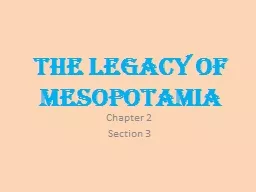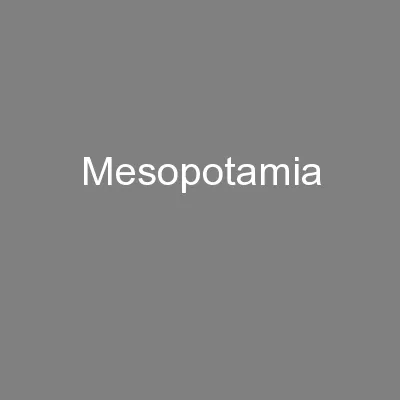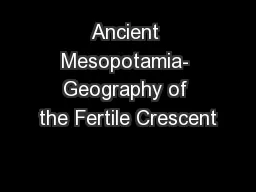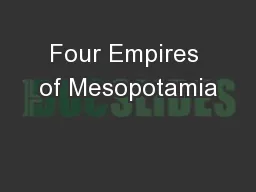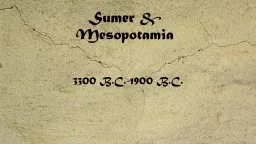PPT-The Legacy of Mesopotamia
Author : briana-ranney | Published Date : 2018-10-20
Chapter 2 Section 3 An Eye for an Eye A Tooth for a Tooth If a man has destroyed the eye of a man if the class of gentleman they shall destroy his eye If he has
Presentation Embed Code
Download Presentation
Download Presentation The PPT/PDF document "The Legacy of Mesopotamia" is the property of its rightful owner. Permission is granted to download and print the materials on this website for personal, non-commercial use only, and to display it on your personal computer provided you do not modify the materials and that you retain all copyright notices contained in the materials. By downloading content from our website, you accept the terms of this agreement.
The Legacy of Mesopotamia: Transcript
Download Rules Of Document
"The Legacy of Mesopotamia"The content belongs to its owner. You may download and print it for personal use, without modification, and keep all copyright notices. By downloading, you agree to these terms.
Related Documents

